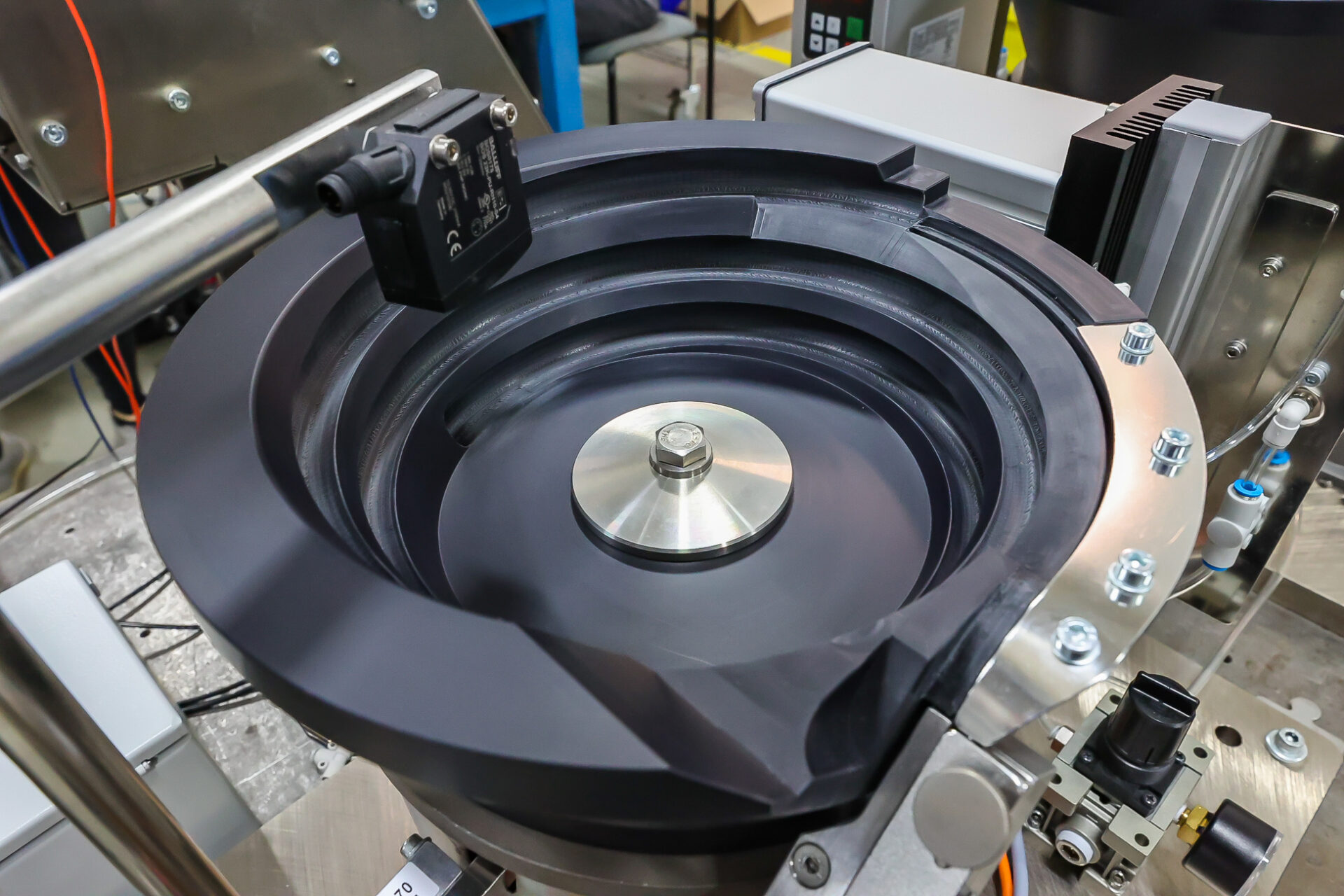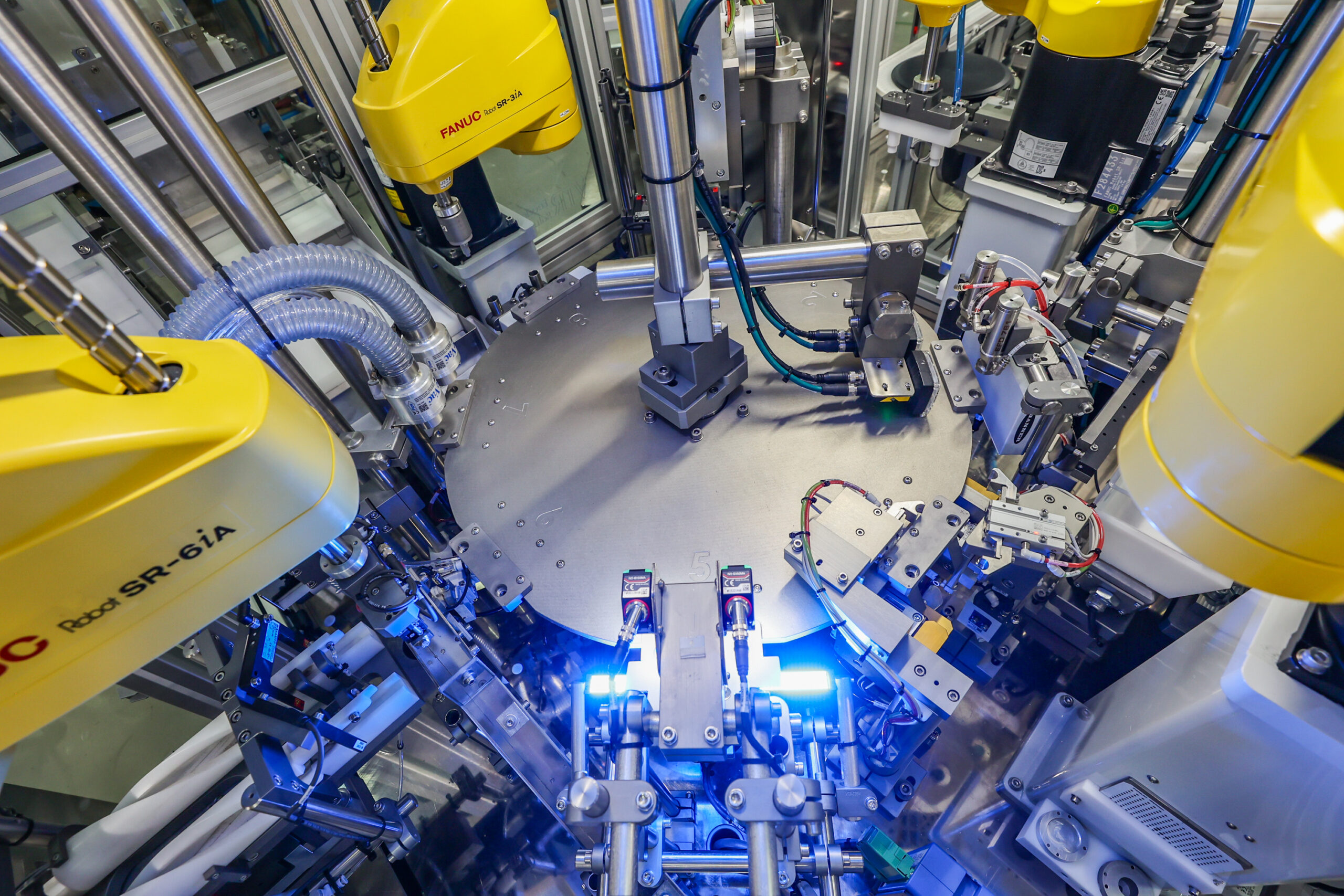Precision and consistency are the lifeblood of modern manufacturing. In industries where every second counts and quality cannot be compromised, automated systems must operate flawlessly to meet growing demands. Among the many factors that contribute to smooth production, one stands out as essential: repeatability.
But what exactly does repeatability mean in the context of automated parts feeding systems, and why is it so crucial? Let’s explore the pivotal role it plays in ensuring manufacturing success and how you can optimize your processes for maximum efficiency.
Understanding Repeatability in Automated Feeding Systems
Repeatability refers to the ability of a system or machine to perform the same task multiple times with a high degree of accuracy and precision. In automated parts feeding systems, this ensures that every feeder—whether it’s your first or hundredth—consistently orients, positions, and delivers parts to downstream processes with unwavering precision.
Think of repeatability as the foundation of trust in your manufacturing process. When a system is repeatable, you can confidently predict its performance, minimize variability, and ensure that your production goals are met consistently.
The Role of Repeatability in Manufacturing Success
Manufacturing environments are often dynamic, with countless variables at play—fluctuations in demand, material inconsistencies, and wear-and-tear on equipment, to name a few. In such an environment, repeatability provides a stabilizing force. Here’s how:
1. Consistent Product Quality
When parts are fed reliably into the production line, the risk of errors is significantly reduced. Consistency in parts orientation and delivery ensures that assembly, inspection, or packaging processes function without interruptions. Without repeatability, minor errors can snowball into major quality issues, leading to rework, scrap, or even recalls.
For industries like pharmaceuticals and medical devices, where precision is non-negotiable, repeatability isn’t just a goal—it’s a regulatory requirement.
2. Higher Production Throughput
In high-speed production lines, even a momentary lapse in the flow of parts can create bottlenecks, slowing down the entire operation. A repeatable feeding system ensures that the right part is delivered at the right time, keeping your production line running at optimal speeds.
By eliminating disruptions and maintaining a steady rhythm, repeatability directly contributes to increased throughput and maximized productivity.
3. Minimized Downtime
Unplanned downtime is a costly challenge for manufacturers. Systems that lack repeatability often require frequent adjustments, troubleshooting, or repairs, which can lead to extended periods of inactivity. On the other hand, a well-designed, repeatable feeding system operates reliably with minimal human intervention, reducing both planned and unplanned downtime.
4. Waste Reduction
Inconsistent systems can result in improperly fed or misaligned parts, leading to scrap and material waste. Over time, these inefficiencies can add up, impacting your bottom line and your environmental footprint. Repeatable systems ensure precise handling of parts, minimizing waste and improving sustainability.
5. Scalability and Flexibility
Manufacturers need systems that can grow and adapt alongside their operations. Repeatable feeding systems are easier to scale as production demands increase. Whether you’re producing small batches or running a 24/7 high-volume operation, a repeatable process ensures that your system can be scaled without compromising performance.
Key Factors Influencing Repeatability in Parts Feeding Systems
Achieving repeatability isn’t a matter of luck; it’s the result of deliberate design, engineering, and maintenance. Below are some critical factors to consider:
1. Custom System Design
No two manufacturing processes are exactly alike, which is why off-the-shelf solutions often fall short. Custom-engineered feeding systems tailored to the specific size, shape, and material of your parts are essential for achieving repeatability. This eliminates common issues like jamming, misalignment, or part damage, ensuring smooth operation.
2. High-Quality Materials and Manufacturing
The components of your feeding system must be built to withstand the rigors of continuous operation. Precision manufacturing and durable materials ensure that the system maintains its performance over time, even under heavy use. Systems that degrade quickly or operate with loose tolerances are less likely to deliver repeatable results. Repeatable manufacturing processes also enable fast and efficient part replacements when needed.
3. Advanced Technology Integration
Modern feeding systems leverage advanced technologies like sensors, cameras, and programmable logic controllers (PLCs) to enhance precision and repeatability. These technologies enable real-time monitoring and adjustments, ensuring that the system remains aligned with production requirements.
For example, sensors can detect variations in part orientation and make immediate corrections, preventing errors before they reach downstream processes.
4. Proper Maintenance and Calibration
Even the most well-designed system will fail without proper maintenance. Regular inspections, cleaning, and calibration are necessary to preserve repeatability over time. Proactive maintenance schedules help identify and address wear-and-tear before they impact performance.
5. Operator Training
The human element is often overlooked in discussions of automation, but it plays a critical role in maintaining repeatability. Operators must be trained to understand the system’s capabilities, identify potential issues, and perform routine maintenance tasks.
Industries That Depend on Repeatability
While repeatability is valuable across all manufacturing sectors, certain industries rely on it more heavily due to the nature of their products and processes. Here are a few examples:
- Pharmaceuticals and Medical Devices: Precise handling of small, delicate components is essential to meet regulatory standards and ensure patient safety.
- Automotive: High-speed production lines depend on repeatability to assemble complex parts with tight tolerances.
- Food and Beverage: Consistency in parts feeding helps maintain product quality and safety in high-volume production environments.
- Electronics: Small, intricate components require precise orientation and delivery to ensure functional assemblies.
Benefits of Repeatability for Your Business
The advantages of repeatability extend beyond the production floor. Here’s how a repeatable feeding system can benefit your business as a whole:
- Enhanced Reputation: Consistent quality builds trust with customers and strengthens your brand.
- Cost Savings: Reduced waste, downtime, and errors translate to lower operational costs.
- Improved ROI: Investing in a repeatable system pays off through increased efficiency and productivity.
- Regulatory Compliance: For industries like pharmaceuticals and medical devices, repeatability ensures compliance with strict regulatory standards.
How VTR Feeder Solutions Ensures Repeatability
At VTR Feeder Solutions, we understand that repeatability is the backbone of successful manufacturing. Our approach to designing and building automated parts feeding systems prioritizes precision, reliability, and customization. Here’s what sets us apart:
- Tailored Solutions: We design feeding systems specifically for your unique parts and processes, ensuring optimal performance.
- Expert Engineering: Our team of engineers leverages decades of experience to deliver systems that operate with unmatched repeatability.
- Quality Assurance: Every system undergoes rigorous testing to guarantee consistent performance before it’s delivered to your facility.
- Ongoing Support: We provide comprehensive training, maintenance, and support to ensure your system continues to perform reliably for years to come.
Conclusion
In automated manufacturing, repeatability isn’t just a technical feature—it’s a competitive edge. A repeatable parts feeding system ensures consistent quality, maximizes throughput, and minimizes waste, all while supporting scalability and compliance with industry standards.
If your production line is struggling with inefficiencies or inconsistencies, it’s time to prioritize repeatability. Contact VTR Feeder Solutions today to learn how our custom-engineered systems can transform your operations and set your business up for long-term success.
Let us help you achieve the precision and reliability your production line deserves.




